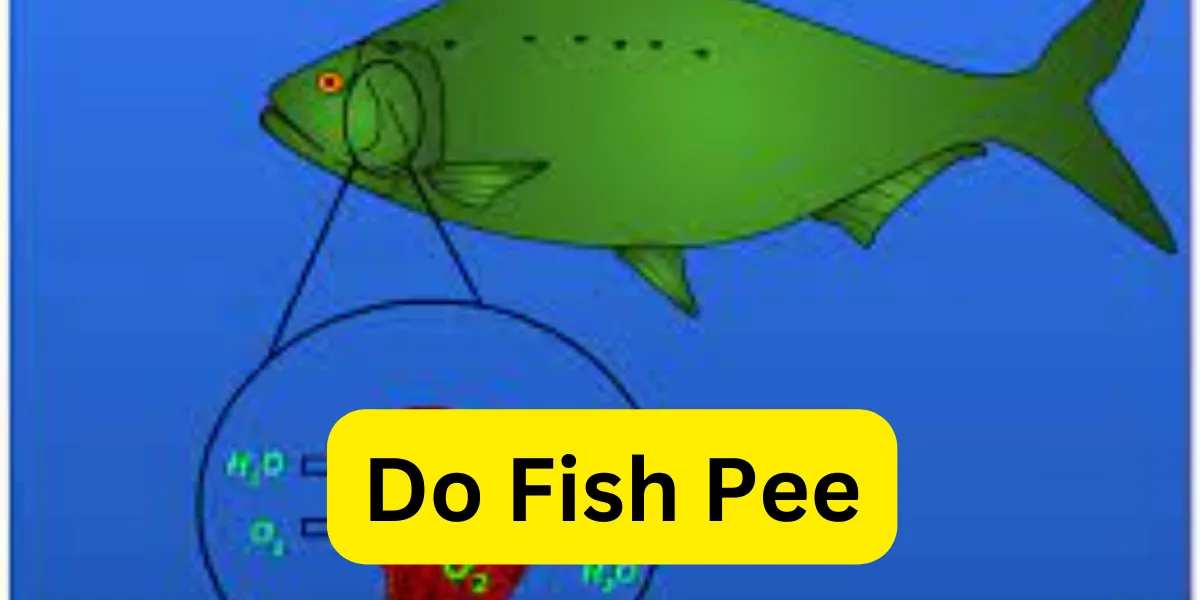Exploring Underwater Urination
Fish, with their mysterious underwater world, have fascinated humans for centuries. One intriguing question that often arises is whether fish pee. While it might seem like an odd inquiry, understanding fish urinary systems can shed light on their physiology and their role in maintaining aquatic ecosystems.Do Fish Pee In this article, we dive deep into the topic of fish pee, exploring its purpose, mechanisms, and ecological significance.
The Urinary Mechanism of Fish
Fish, like all vertebrates, have kidneys that play a crucial role in regulating their internal environment. Do Fish PeeThese organs filter waste and excess substances from the bloodstream, which are then excreted as urine. Unlike mammals, fish lack a bladder to store urine, so the process is more continuous. Their kidneys work efficiently to maintain a balance of electrolytes and remove nitrogenous waste products like ammonia.
Do Fish Actually Pee?

Yes, fish do expel urine, but it’s not exactly like the human urinary system. Fish release urine directly into the water, often in a diluted form. The continuous filtration of waste helps maintain water quality in their aquatic habitats. This constant release might be why it’s less noticeable compared to the occasional relief humans experience.
The Purpose of Fish Pee
Fish pee serves a crucial purpose in maintaining the delicate balance of underwater ecosystems. Ammonia, a common waste product in fish urine, can be toxic in high concentrations. By excreting it, fish prevent ammonia buildup that could harm them and other aquatic organisms. Moreover, the nutrients present in fish pee contribute to the nutrient cycle of aquatic ecosystems, supporting the growth of plants and algae.
Ecological Impact
Fish pee’s ecological impact extends beyond nutrient cycling. It influences nutrient distribution, promoting growth in certain areas. This, in turn, affects the entire food web. Phytoplankton and algae thrive on the nutrients, serving as the base of the aquatic food chain. Healthy phytoplankton populations can lead to increased zooplankton, which feeds small fish, and the cycle continues. Thus, fish pee indirectly supports the biodiversity and productivity of aquatic environments.
Fish Pee Myths and Misconceptions
Several myths surround fish pee, often portraying it as harmful or detrimental. However, understanding the science behind fish urinary systems dispels these misconceptions. Fish have evolved to efficiently manage their waste, contributing positively to their habitat’s health.
The world beneath the water’s surface is a realm of wonder, where every creature, no matter how small, plays a significant role. Fish pee, seemingly trivial, showcases the intricate adaptations that have allowed these creatures to thrive for millions of years. So, the next time you gaze at a tranquil pond or a shimmering sea, remember that even in the hidden depths, the cycle of life, including fish pee, is at work in remarkable ways.
Rohu Fish: Rohu, a staple in Asian cuisine, is famed for its mild taste and tender texture. Popular in various culinary styles, it’s a rich source of lean protein and essential nutrients.
Hilsa Fish: Hilsa, the “silver herring,” is beloved in South Asia. Its distinct flavor, high omega-3 content, and role in regional traditions make it a prized catch and delicacy.


